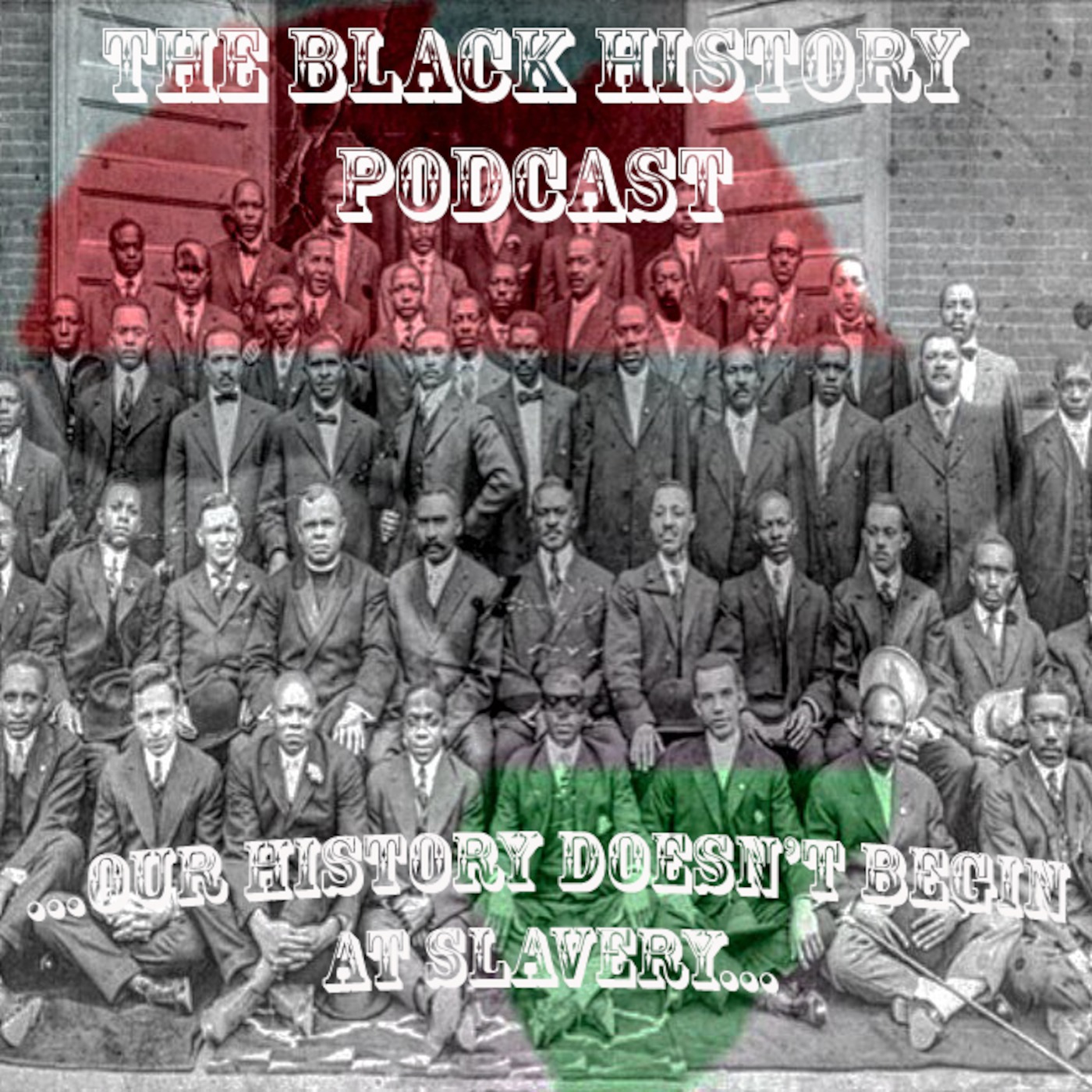
Emily Morgan - "Yellow Rose of Texas"

Black History Podcast
Shownotes Transcript
There are three (3) historical documents that support the existence of an Emily Morgan in connection with the time period immediately surrounding the independence of Texas.
Emily ended up catching the eye of Mexican General Santa Anna, and against her will was forced to her tent and kept there for his amusement and entertainment.
The legend goes, Santa Anna was so enthralled with Emily’s beauty that he was literally caught with his pants down when Sam Houston and troops rode into the fields of San Jacinto and decimated the Mexican army in one fell swoop; also capturing Santa Anna while he tried to escape. But, the story of the legendary Emily Morgan doesn’t end there, legend goes that Emily Morgan may have intentionally stayed behind in New Washington, and then became a prisoner of Santa Anna all in an effort to distract him and potentially act as a spy to learn his plans and potential troop movements. Whatever the case, Santa Anna was forced to attempt his escape in only a linen shirt and silk drawers.
The only written account of this was captured by a visiting Englishman named William Bollaert, who captured the following in a diary entry from 1842 after being told the story by Sam Houston :
“The Battle of San Jacinto was probably lost to the Mexicans, owing to the influence of a Mulatto girl, Emily, belonging to Colonel Morgan, who was closeted in the tent with General Santa Anna, at the time the cry was made ‘the enemy! They come! They come!’ and detained Santa Anna so long, that order could not be restored readily again.” The Texas State Library actually has documentation to even further reinforce the story and the myth. In 1837, “Emily D. West” applied to the Secretary of State for the Republic of Texas for a passport to return home, stating in fact that she had lost her “free papers” at San Jacinto in April 1836. The document with the Texas State Library further states that the Emily applying for the passport came to Texas from New York in 1835 with James Morgan, and further confirms that she was in fact a woman of color, but not a slave.
The lyrics of the original song said the following:
There’s a yellow rose in Texas, that I am going to see; No other darky knows her, no darky only me; She cried so when I left her, it like to broke my heart; And if I ever find her, we nevermore will part.
She’s the sweetest rose of color this darky every knew; Her eyes are bright as diamonds, they sparkle like the dew; You may talk about your Dearest May, and sing of Rosa Lee, But the Yellow Rose of Texas beats the belles of Tennessee;
When the Rio Grande is flowing, the starry skies are bright; She walks along the river in the quiet summer night; She thinks if I remember, when we parted long ago; I promised to come back again, and not to leave her so;
Oh now I’m going to find her, for my heart is full of woe; And we’ll sing the songs together, that we sung so long ago; We’ll play the banjo gaily, and we’ll sing the songs of yore; And the Yellow Rose of Texas shall be mine forevermore.
The immortalization of a black woman in song, especially one sung on the battle lines, and otherwise racially divided segments of white Texans comprises an unprecedented circumstance matched only by a second fascination that’s a quieter kept secret, but plays to the importance and impact of the diaspora. A love story between black people that was powerful enough to be immortalized in song. The woman and the song serve Texas history well, but they serve African American history, folklore and culture even better.
